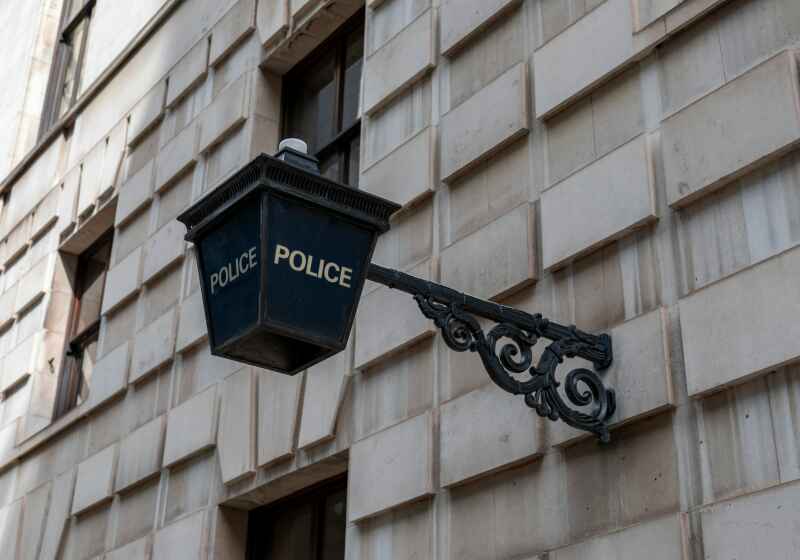CST Blog
Brussels suspect - the lessons
2 June 2014
On Friday 30 May, customs officials in Marseilles, southern France, arrested 29 year old French national Mehdi Nemmouche on suspicion of having perpetrated the previous Saturday's terrorist attack at the Jewish Museum in Brussels, Belgium. If this is the terrorist, then there are some blatant lessons to be learned about modern Jihadism and the security implications for Jews and non-Jews in Western Europe.
The truth is that by now, after over a decade of terror attacks and plots from Madrid to Manchester, these lessons ought merely to be confirmed: but many people are still reluctant to accept them.
The Brussels attack occurred on Saturday 24 May and was carried out by a gunman using a pistol and an AK 47 assault rifle. CCTV images showed an unidentified man walking into the unguarded building, before he opened the museum door and shot inside, leaving three dead and another on the brink of death. The gunman then walked away. News of Nemmouche's arrest was supplemented by statements from Belgian prosecutors and French authorities. These were first responses and came before Nemmouche's initial questioning had concluded, never mind any actual trial and confirmation of guilt. Nevertheless, a summary of the current information is extremely worthwhile:
- Nemmouche was radicalised whilst in French prison. He was jailed for robbery and spent five stints in prison. Of Muslim origin, he went from having little or no interest in Islam, to becoming a would be Jihadist radical.
- He joined Jihadists in Syria. He left for Syria on December 31, 2012, three weeks after being released from prison.
- In Syria, he fought with ISIS (Islamic State of Iraq and the Levant), the most radical of the Syrian Jihadist groups: more so even than Al Qaeda's Syrian affiliate, Jabhat al-Nusrah, from which it split (and to which it is now hostile). ISIS is the most popular destination for western Jihadists traveling to Syria.
- Nemmouche returned to Europe in March 2014. (Having spent over one year in Syria.)
- He was known to the French authorities. How closely they were monitoring him before, during or after the Brussels attack remains to be seen. He was arrested in what is described as a customs search of the coach on which he was traveling from Brussels to Marseilles. (It had originated in Amsterdam.)
- In his luggage was found the same weapons as apparently used in the Brussels attack; a baseball hat similar to that worn by the shooter; and news cuttings about the attack.
- The weapons were found with a white cloth bearing in Arabic the name of ISIS and "G-d is great".
- Nemmouche also had a Go Pro camera similar to that used by Mohamed Merah when he filmed his murderous shooting attack at the Jewish Ozar Hatorah primary school in Toulouse, France in April 2012. Nemmouche has apparently admitted that the camera was strapped to his bag so it would film the attack, but it failed to do so. In his possession, Nemmouche had a 40 second film of the weaponry, which includes someone (seemingly him, but not definitely) saying they carried out the attack.
For now, the most important lessons appear to be very obvious:
- Europeans (including hundreds of Britons) who travel overseas to fight Jihad pose a potentially deadly terrorist threat upon their return here.
- The lack of internal European border controls makes it easy for radicals and weaponry to travel throughout the continent.
- Comparisons of European Jihadists with International Brigade fighters of the Spanish Civil War are misguided, dangerous nonsense.
- Those who rushed to claim that these killings were somehow not what they appeared (such as supposed brilliant intellectual Tariq Ramadan) should have kept their biases to themselves.
- Even if some west European commentators and politicians want to keep hiding from the ramifications of each successive Jihadist terrorist attack and plot, their local Jewish communities can have no such luxury.
Below photograph: Israeli holidaymakers Miriam and Emanuel Riva, two of the Brussels victims.

